Sony has just split its small form-factor full-frame A7C series, now offering two lower-cost versions of higher-end cameras — much as it did with the ZV-E1 vlogging camera. The new models are the 33-megapixel A7C II (based on the A7 IV), and the 61-megapixel A7C R, a mini-me version of the A7R V. Both are nearly as powerful as the larger versions and offer key ergonomic updates, but lack a few features that pros may find essential.
Sony A7C R
We’ll start with the A7C R, since it’s an all-new model. It features a softer, grippier material along with a deeper handle. It also comes with an add-on grip that extends the length, giving you a place to put your pinky finger — a nice addition that unfortunately also makes the camera less compact.
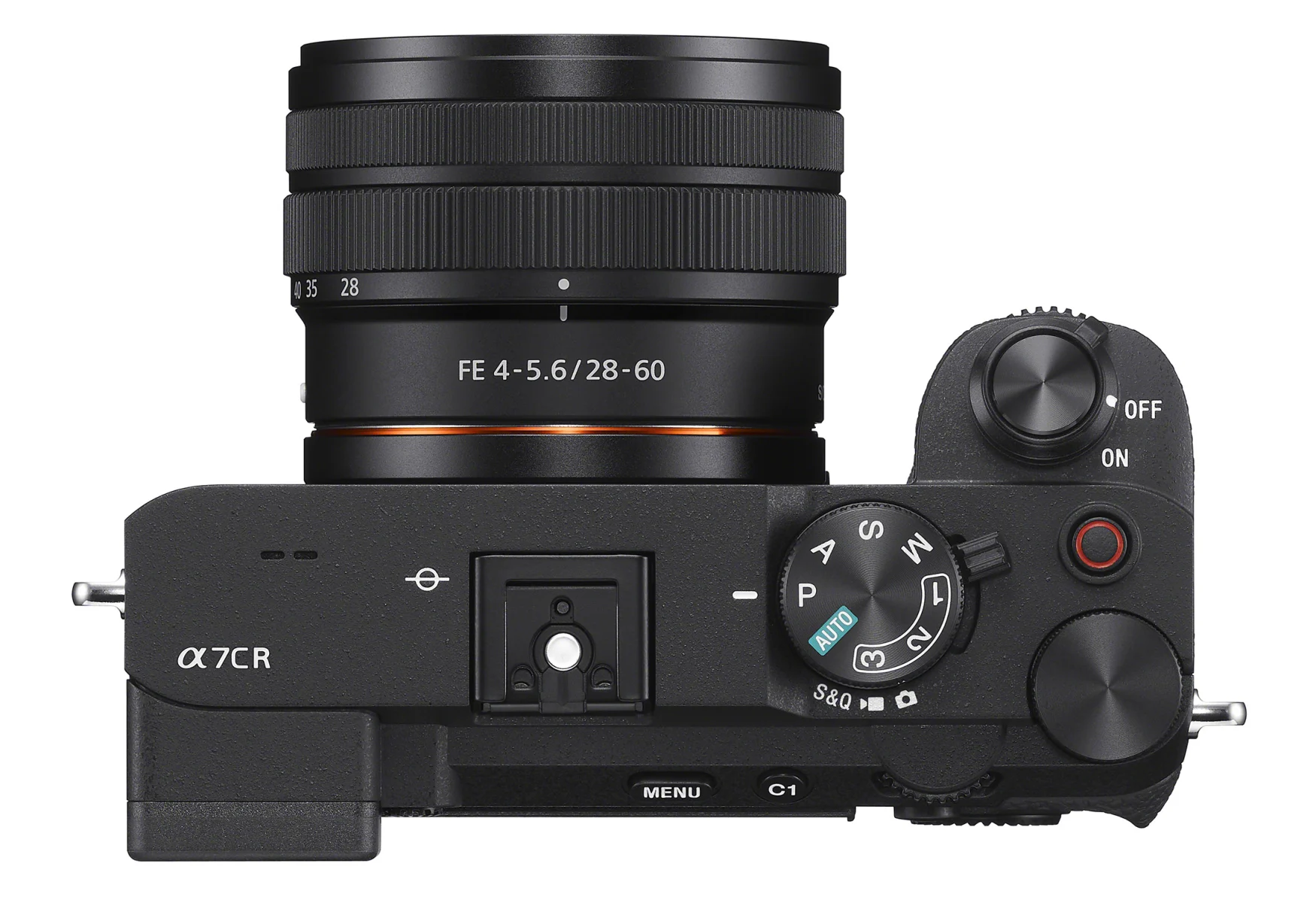
Sony
Still, those are key improvements that address ergonomic issues I’ve noticed on past Sony models — particularly when using them for a long day of shooting. Sony also added a front dial so you can more easily adjust aperture/shutter speed/exposure compensation, along with a dedicated video/photo/S&Q dial. And of course, the A7C R weighs just 515 grams (18.2 ounces) compared to the A7R V’s 723 grams (25.5 ounces) and is nearly half the size. That makes it a better choice for street photography and more.
It has a flip-out one-million dot display and 2.36-million dot OLED electronic viewfinder with slightly improved .70X magnification over the A7C II. It also offers full in-body stabilization with 7.0 stops of compensation (depending on the lens) — a nice feature in such a small camera. Other features include mic/headphone ports, USB-C 3.2, a micro HDMI connector a and single UHS-II card slot. The latter feature is a show-stopper for many pros, as there’s no backup for potentially priceless photos.
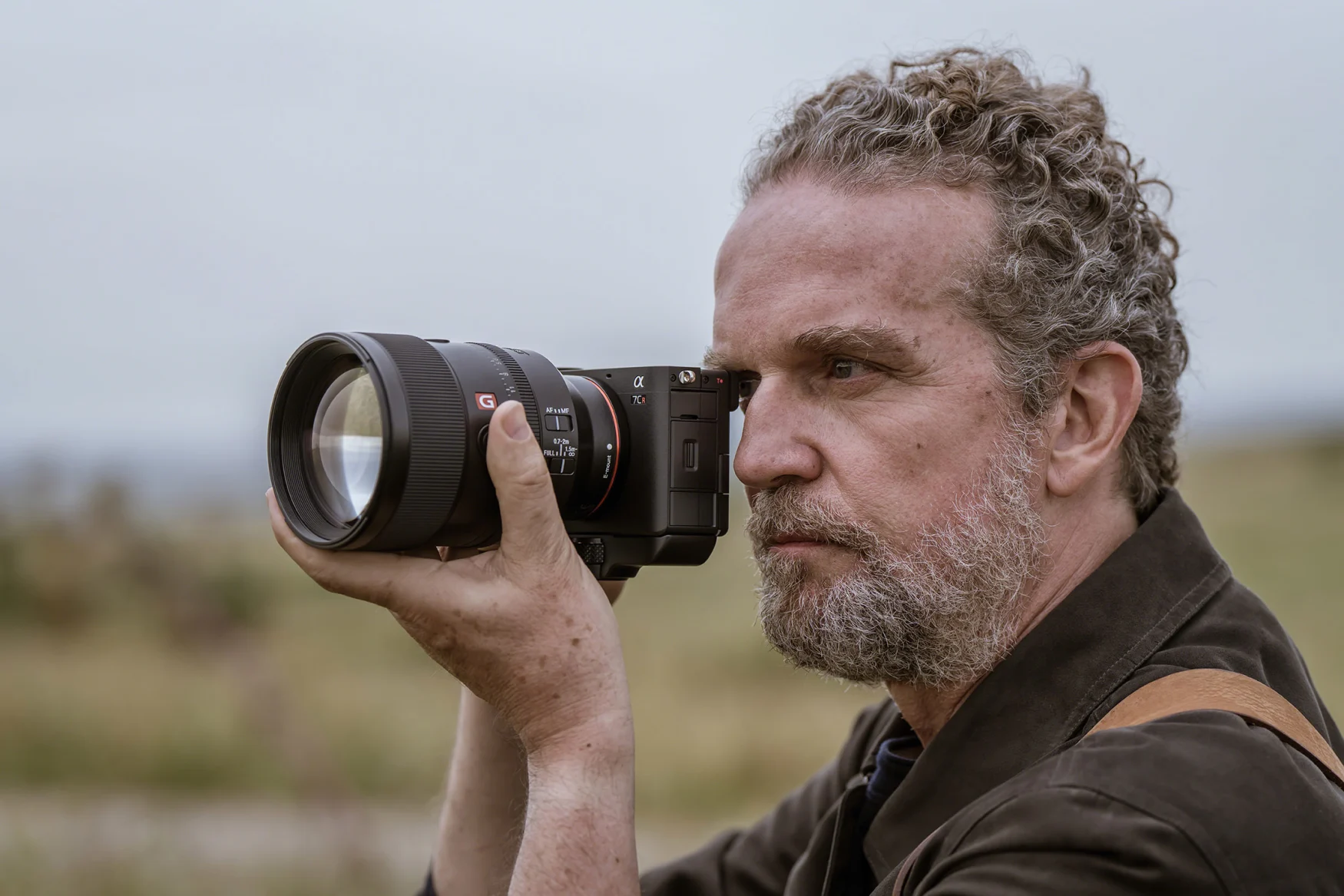
Sony
In terms of photo specs, it’s close to the A7R V with a few notable differences. You can shoot 61-megapixel RAW images at up to 8fps, compared to 10fps on the A7R V. The A7C R has a smaller buffer, though, and that single lower-speed SD UHS-II card slot (the A7R V has dual high-speed CFexpress Type A and SD UHS II slots), so you won’t be able to capture nearly as many photos in a burst. Like the A7R V, the A7C R has 693 autofocus points and 79 percent coverage. It uses the same processor, so should offer roughly the same AF performance in terms of burst shooting, AI tracking and more.
Most importantly, you can expect identical image quality to the A7R V. As I said in my review of the latter, with the very high resolution and the lack of an anti-aliasing filter, only Hasselblad and Fuji’s 100-megapixel medium format cameras offer greater detail. It also offers Sony’s Pixel Shift Multi-Shot that can quadruple resolution to 240.8 megapixels.
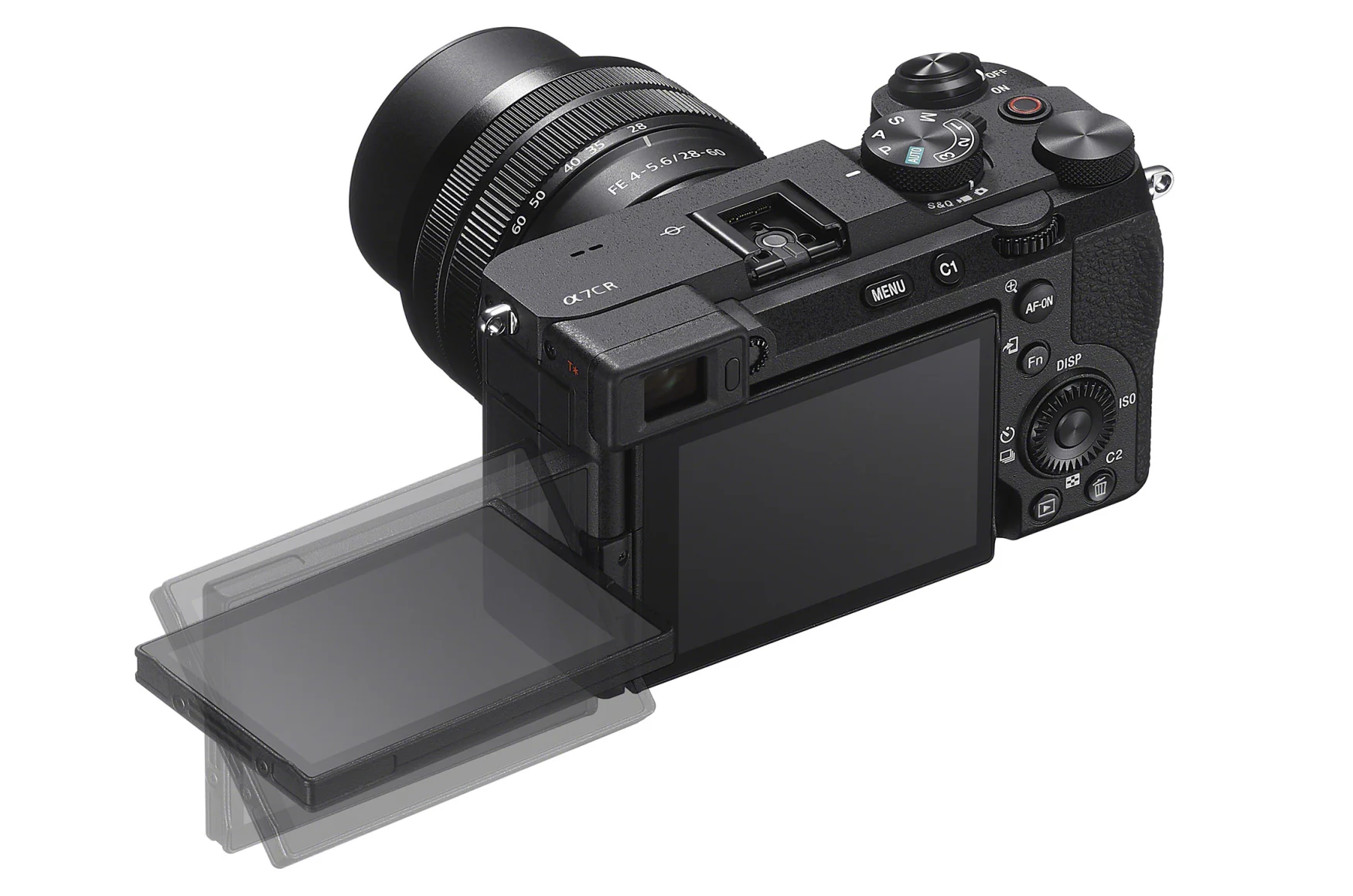
Sony
The A7C R can’t shoot 8K video like the A7R V, likely due to heating issues with the smaller body. However, it still offers 4K 60p full-frame video (with pixel binning) and 6.2K oversampled 1.5x cropped 4K 60p video. It comes with S-Log3, S-Cinetone and S-gamut3 Cine, records 10-bit 4:2:2 sampled video and can shoot at up to 120 fps in 1080p mode. Data rates top out at 600Mbps in XAVC S-I 4K mode, but you’ll need a (pricey) V90 SD card to shoot that.
That takes us to a very important consideration: the price. The A7C R costs $3,000, or a full $900 less than the A7R V — something that will give many buyers extreme pause. It arrives in fall of 2023.
Sony A7C II
As mentioned, the A7C II has the same 33-megapixel sensor and many of the same specs as the A7 IV. In terms of the body and handling, the form factor and weight are identical to the A7C R — so you get the same extra dial, updated grip, improved EVF and other previously-mentioned features. Unlike the A7C R, though, it doesn’t come with the add-on grip extension in the box.
Shooting speeds are a bit faster at 10 fps in mechanical or electronic shutter mode. By the way, neither the A7C II or A7C R have full mechanical shutters, but use electronic first curtain shutters. This can create bokeh issues when using lenses with very fast apertures, but otherwise isn’t noticeable.
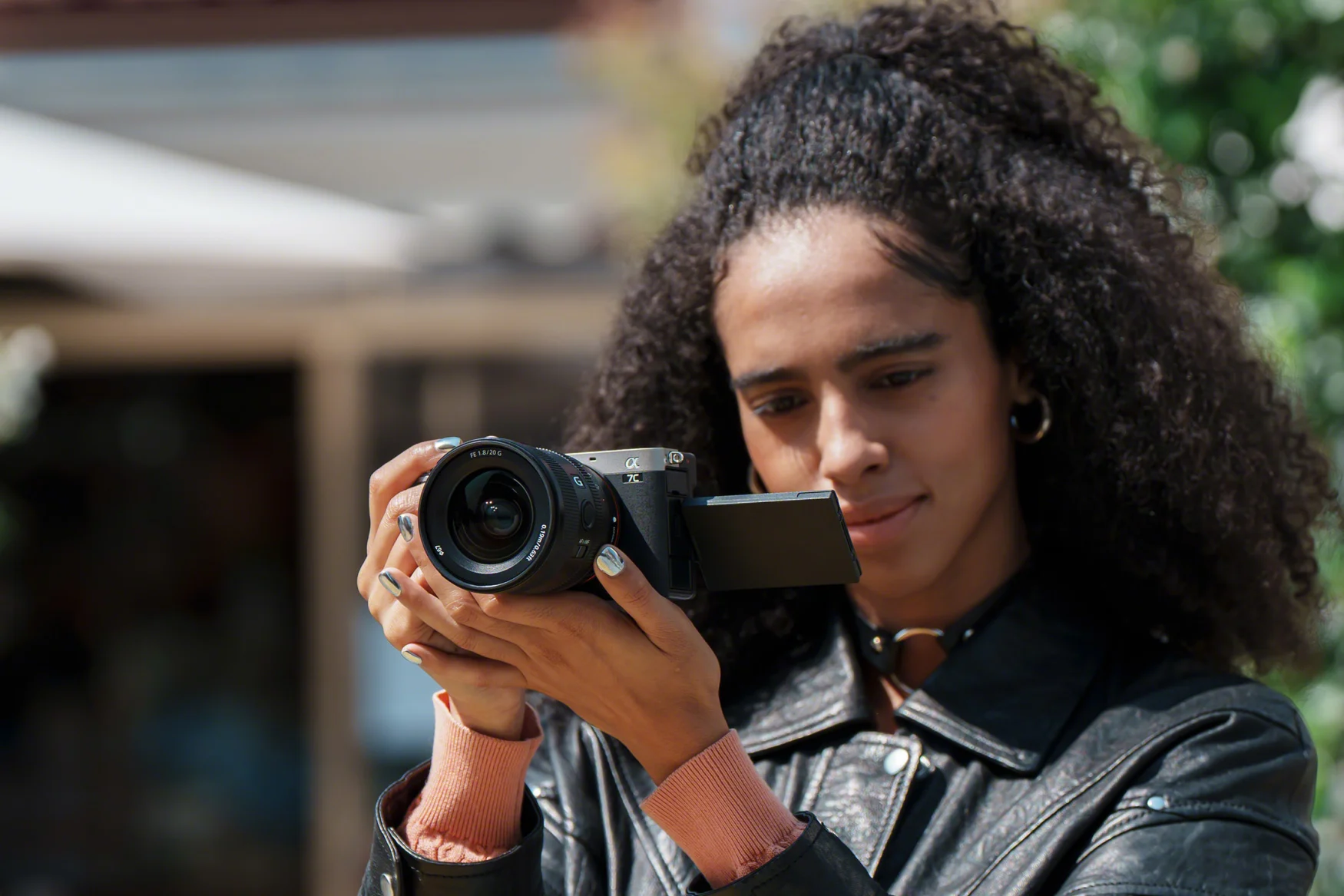
Sony
What’s interesting about the A7C II is that autofocus is superior to the A7 IV because it has the same dedicated AI processing unit as the A7C R (and A7R V) that’s missing on the A7 IV. That means you can expect improved subject detection, tracking and other features compared to the A7 IV. When compared to the A7C, though, Sony promises a 40 percent improvement for animal and bird AF tracking, 60 percent for eye AF and 20 percent for auto exposure tracking.
Again, image quality should be the same as the A7 IV. That latter delivers sharper photos than the A7 III thanks to the extra resolution, but offers superior low-light capability despite the smaller pixels. A downside to the A7 IV is rolling shutter, so expect the same issue on the A7C II.
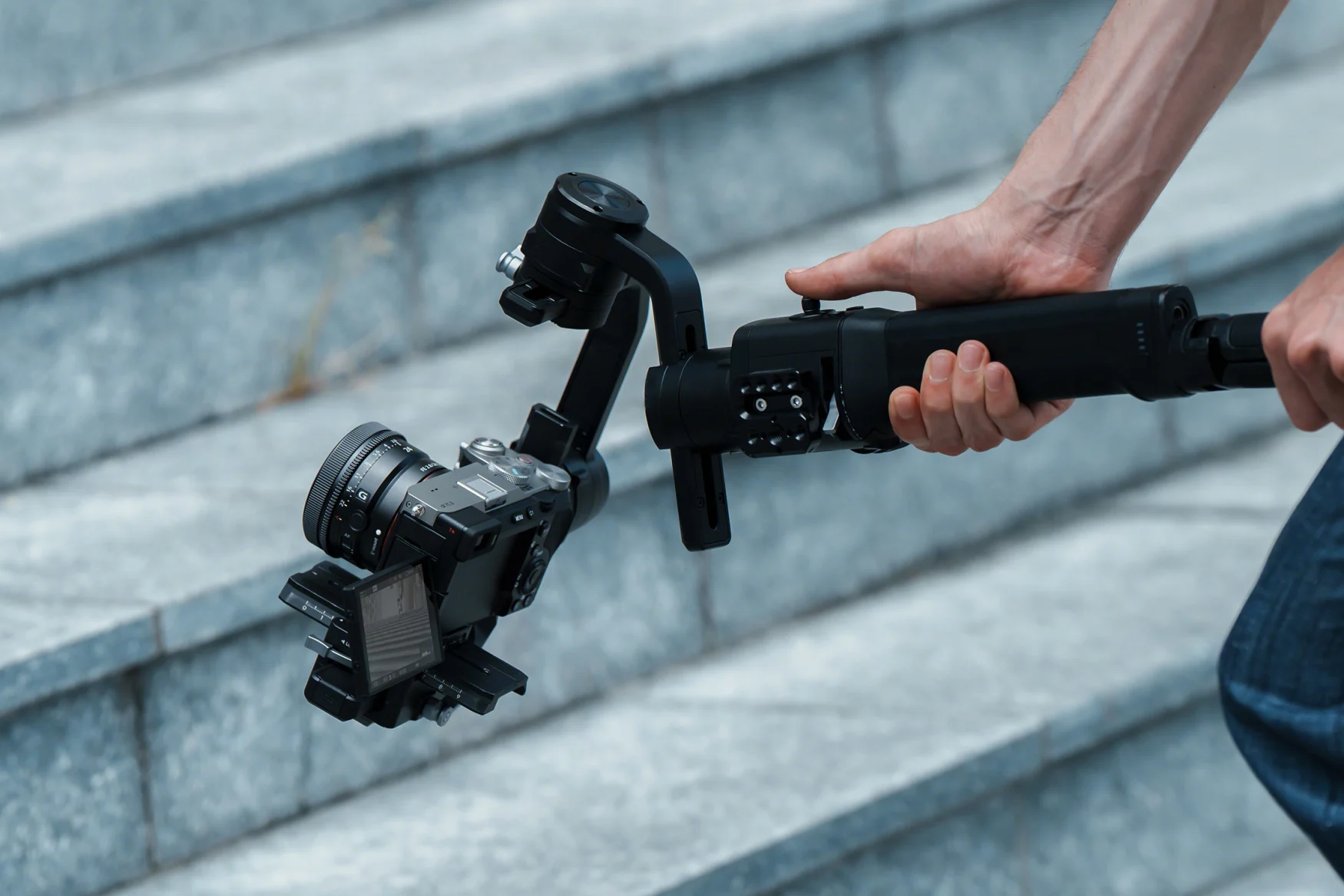
Sony
In terms of video, the A7C II is actually a better option than the A7C R. It offers sharp full-frame 4K 30p video with 7K oversampling, or 4K 60p with a 1.5x crop. You get 10-bit 4:2:2 color sampling with S-Log3 and S-Cinetone, with LUTs available in camera.
The Sony A7C II is available in silver and black, and arrives this fall for $2,200. That price is a significant $300 less than the A7 IV and it’s actually a better camera in some ways — provided the lack of a second card slot doesn’t bother you.
All products recommended by Engadget are selected by our editorial team, independent of our parent company. Some of our stories include affiliate links. If you buy something through one of these links, we may earn an affiliate commission. All prices are correct at the time of publishing.
Credit: Source link


Comments are closed.